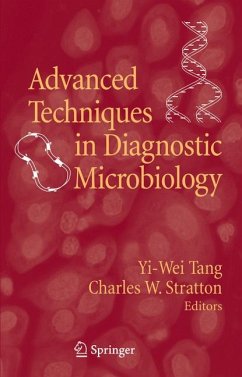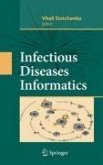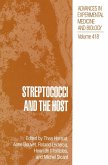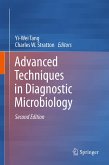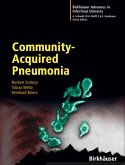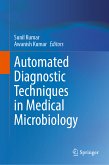Advanced Techniques in Diagnostic Microbiology provides a comprehensive and up-to-date description of advanced methods that have evolved for the diagnosis of infectious diseases in the routine clinical microbiology laboratory. The book is divided into two sections. The first techniques section covers the principles and characteristics of techniques ranging from rapid antigen testing, to advanced antibody detection, to in vitro nucleic acid amplification techniques, and to nucleic acid microarray and mass spectrometry. Sufficient space is assigned to cover different nucleic acid amplification formats that are currently being used widely in the diagnostic microbiology field. Within each technique, examples are given regarding its application in the diagnostic field. Commercial product information, if available, is introduced with commentary in each chapter. If several test formats are available for a technique, objective comparisons are given to illustrate the contrasts of their advantages and disadvantages. The second applications section provides practical examples of application of these advanced techniques in several âEURoehotâEUR spots in the diagnostic field. A diverse team of authors presents authoritative and comprehensive information on sequence-based bacterial identification, blood and blood product screening, molecular diagnosis of sexually transmitted diseases, advances in mycobacterial diagnosis, novel and rapid emerging microorganism detection and genotyping, and future directions in the diagnostic microbiology field
Dieser Download kann aus rechtlichen Gründen nur mit Rechnungsadresse in A, B, BG, CY, CZ, D, DK, EW, E, FIN, F, GR, HR, H, IRL, I, LT, L, LR, M, NL, PL, P, R, S, SLO, SK ausgeliefert werden.
Hinweis: Dieser Artikel kann nur an eine deutsche Lieferadresse ausgeliefert werden.

